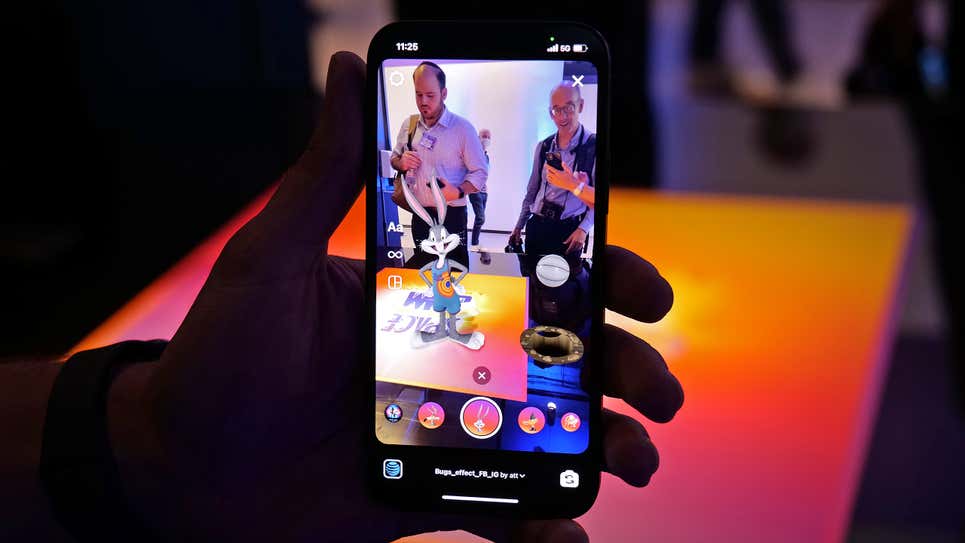
After the FCC held a big spectrum auction earlier this year in which AT&T spent $23 billion to build out its 5G network, the carrier says it ทดลองเล่นสล็อต will begin deploying 40MHz of its new 80MHz spectrum holdings later this year, as soon as its new C-band is officially available.
AT&T says it hopes its new 5G C-band spectrum will cover 70 to 75 million Americans by the end of 2022, with the goal of increasing that number to 200 million by the end of 2023. Currently, AT&T says its standard 5G (aka sub-6GHz 5G) network covers more than 250 million people in the U.S., while its faster 5G+ network (aka mmWave 5G) is available in parts of 38 cities along with 20 stadiums and venues across the country. AT&T’s new mid-band spectrum will be faster than its low-band 5G, but slower than its lightning fast (but hard to find) 5G+.
Google Stadia
The advantages of faster speeds and lower latencies on 5G for a game streaming service like Stadia are relatively obvious. Photo: Sam Rutherford
Of course, building out 5G coverage and actually doing something with all that wireless bandwidth aren’t exactly the same thing. AT&T announced a number of new and ongoing partnerships with some major brands and sports teams to use 5G in more tangible ways.
Verizon Is Wise to Those ‘Similar Area Code’ Spam Calls
AT&T’s partnerships with arenas and sports franchises like the Chicago Bulls, Miami Heat, and Dallas Cowboys make a lot of sense, as the increased bandwidth of 5G allows fans to enjoy better wireless service when attending events, while also potentially unlocking small perks such as live stat-tracking on your phone.
Meanwhile, using 5G to help power experiences like this Space Jam AR app is fun, but not exactly the transformation change 5G advocates have been touting for years. Photo: Sam Rutherford
AT&T also showed off some 5G-powered demos, like a Space Jam AR experience where you get to place an AR avatar of familiar characters like Bugs Bunny and Daffy Duck in the real world, using your phone’s display and camera.
But 5G in stadiums and and 5G-powered augmented reality aren’t new. Perhaps the most tangible benefits of improved 5G coverage AT&T hyped were its partnerships with Google Stadia to provide better game streaming and Boingo to help deliver improved wireless speeds at places like airports, military bases, and stadium. So while they’re aren’t super exciting developments, the benefits of adding more bandwidth at lower latencies are obvious when it comes to cloud gaming and traveling.
Chicago Bulls 5G experience
Here’s an example of how the Chicago Bulls are looking to enhance the in-stadium experience by using 5G to track live stats on your phone. Photo: Sam Rutherford
Lest the 5G hype train run away from us, I’ll remind you that if you’re happy with their coverage and your current device, don’t feel pressured to upgrade to a new 5G handset.
Like AT&T, Verizon and T-Mobile also acquired large chunks of spectrum during the FCC auction in February, and they too are also laying the groundwork needed to deploy their new spectrum towards the end of the year. And while 5G technology continues to mature, we’re still in the early phase of what will probably be a 10-year cycle. The handsets and 5G experiences we have today aren’t going to magically change overnight. That doesn’t mean 5G is pointless, but merely a reminder that 5G development—both for the carriers and those of us who use it—is a long, ongoing process.